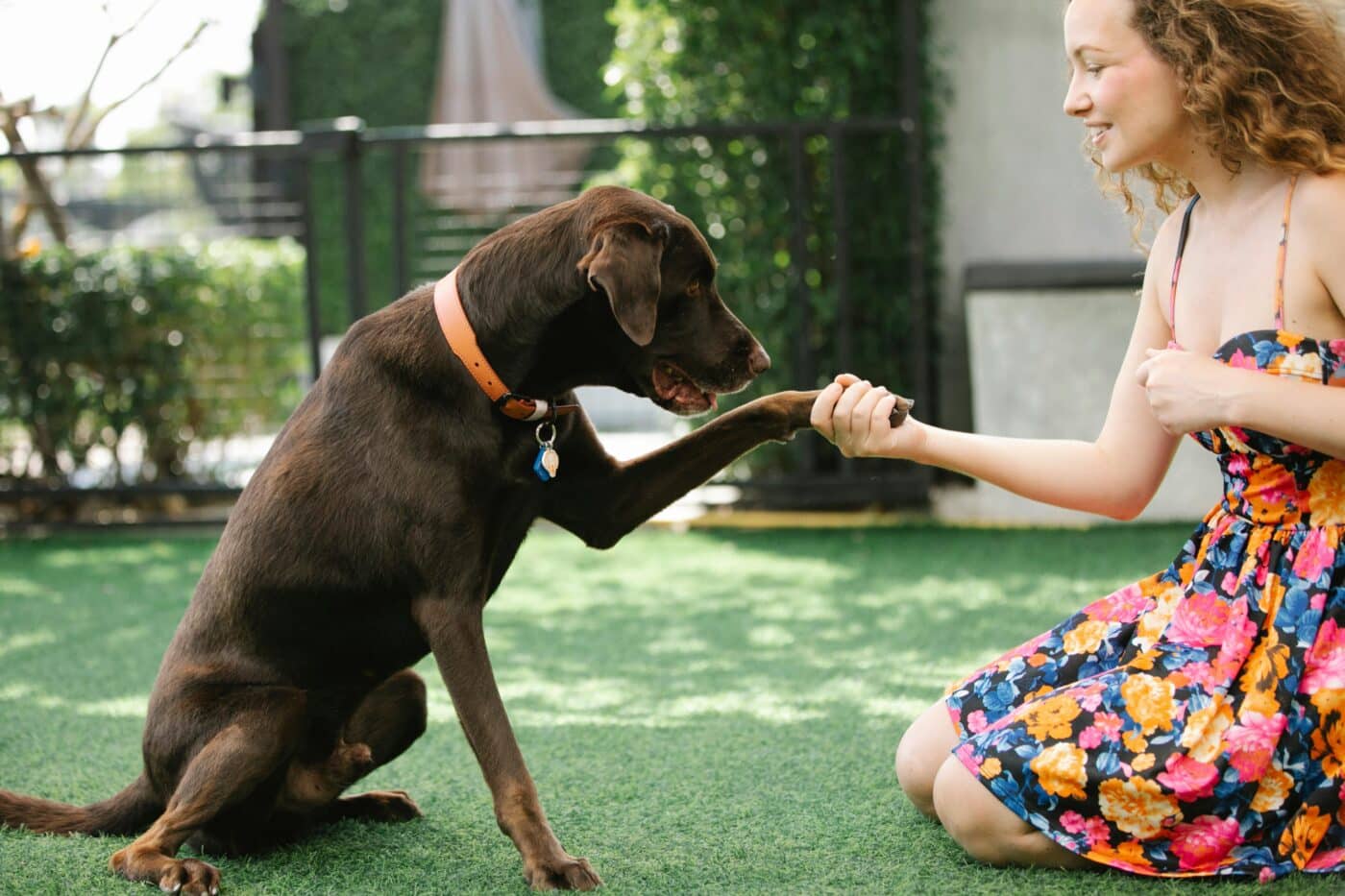 Shutterstock
Shutterstock
Training your dog is an important part of being a responsible pet owner, ensuring they behave appropriately at home and in public while keeping them safe and happy. Teaching basic commands simplifies everyday interactions and strengthens the bond between you and your dog. Whether you have a playful puppy or an older dog, mastering these essential commands is key to raising a well-behaved, obedient companion. Training helps build mutual trust and understanding, creating a harmonious and enjoyable relationship between you and your furry friend.
Sit
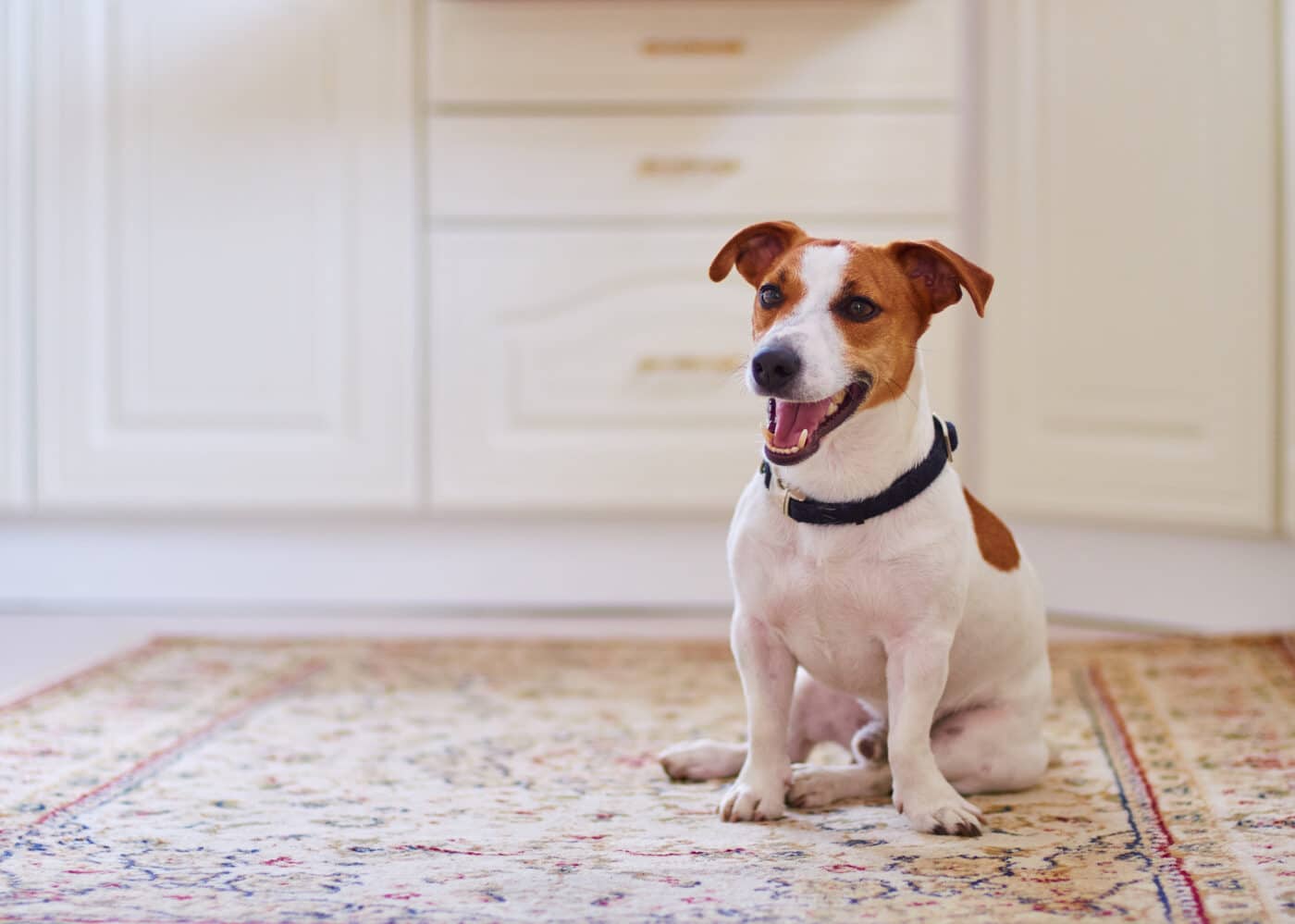 Shutterstock
Shutterstock
“Sit” is often the first command that dogs learn, and it’s one of the most important. Teaching your dog to sit can help control their behavior in various situations, from waiting patiently for food to greeting guests without jumping. A basic obedience skill creates a foundation for more advanced training. The “sit” command is also useful for preventing impulsive actions, like bolting out the door or chasing after something. With positive reinforcement, dogs can easily master this command, leading to a more calm and controlled demeanor.
Stay
 Shutterstock
Shutterstock
The “stay” command is crucial for ensuring your dog remains in one place until you release them. This command helps protect your dog in potentially dangerous situations, such as when crossing a busy street or encountering unfamiliar dogs. Teaching your dog to stay encourages patience and self-control as they learns to resist the urge to follow you or move without permission. The “stay” command is invaluable for keeping your dog calm and focused in various scenarios, whether at home or in public.
Come
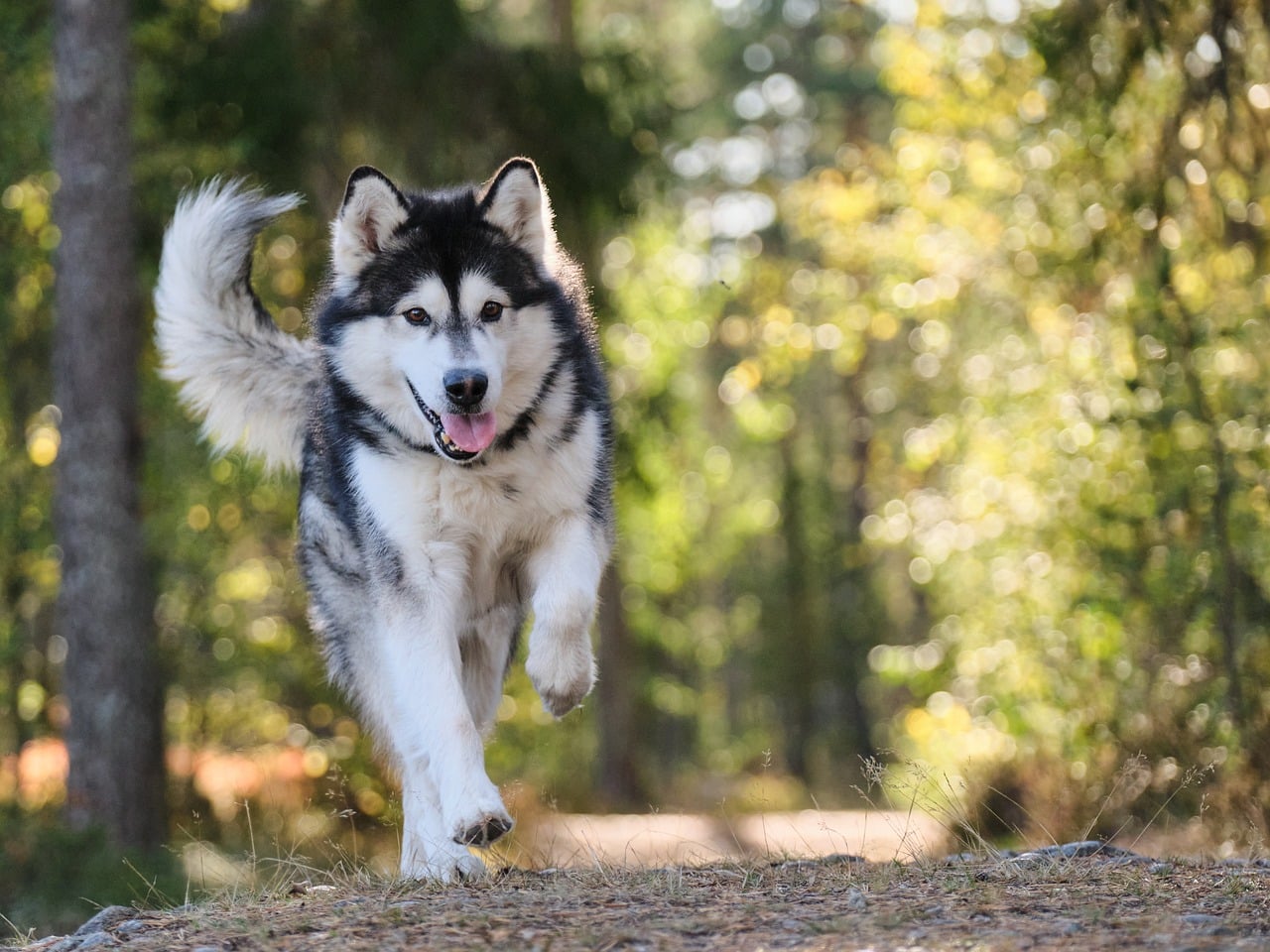 Shutterstock
Shutterstock
The “come” command, also known as recall, is essential for every dog’s safety. Whether your dog is playing off-leash at a park or accidentally slips out of the yard, having a reliable recall ensures they return to you promptly. This command is especially important for breeds with a strong prey drive or those that are naturally adventurous. Teaching your dog to come when called reinforces your bond and gives you peace of mind that your dog will return when needed, no matter the situation.
Down
 Shutterstock
Shutterstock
The “down” command helps your dog learn to lie down calmly on command, making it especially useful when your dog needs to be still, such as during vet visits or when guests are over. It’s also a great way to manage overly excited dogs, helping them settle down and focus. Teaching your dog to lie down also reinforces your position as the leader, as it’s a more submissive posture for your dog. This command is excellent for calming dogs and helping them relax in different environments.
Leave It
 Shutterstock
Shutterstock
The “leave it” command is the most practical for protecting your dog from harmful objects or situations. Whether preventing your dog from picking up something dangerous on a walk or keeping them from chewing on household items, “leave it” teaches your dog to ignore things they shouldn’t touch. This command is especially important for puppies and curious dogs exploring their environment with their mouths. Mastering this command will help your dog develop impulse control and can prevent accidents or harmful ingestion.
Drop It
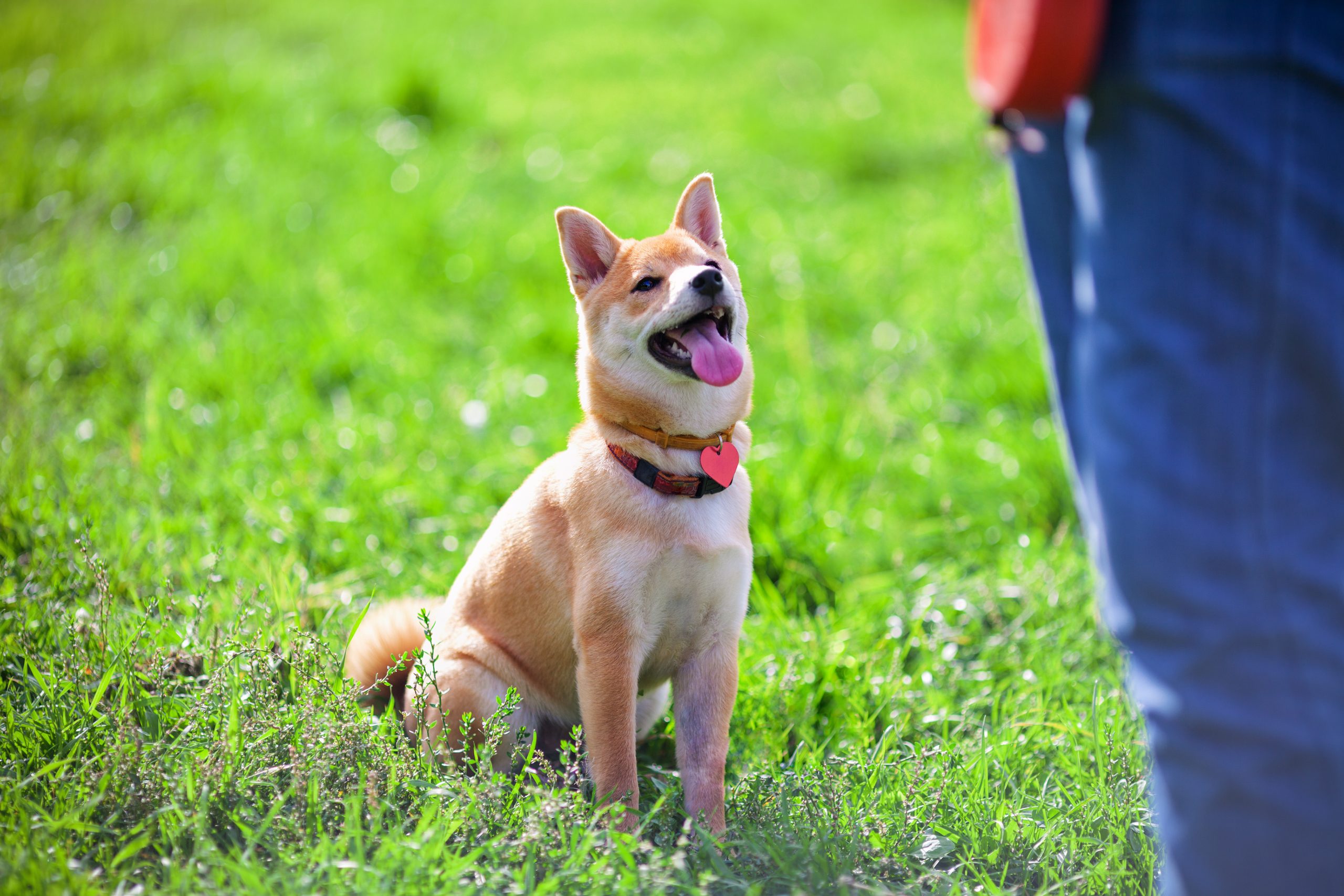 Shutterstock
Shutterstock
While “leave it” prevents your dog from picking up something, “drop it” teaches them to release items already in their mouth. This command is essential when your dog picks up something they shouldn’t, such as a toy, shoe, or dangerous object. Teaching your dog to drop items on command is also helpful during playtime, making games like fetch more enjoyable and structured. It’s a critical command for ensuring your dog’s safety and protecting your home from unwanted destruction.
Heel
 Shutterstock
Shutterstock
The “heel” command teaches your dog to walk calmly by your side without pulling on the leash. This command is essential for enjoyable walks, especially with larger or more energetic breeds. A dog that pulls on the leash can be difficult to control, leading to a stressful experience for both the dog and the owner. Teaching your dog to heel keeps them focused on you, making walks more pleasant and safer. It’s also an excellent way to reinforce your leadership and encourage good behavior while out in public.
Wait
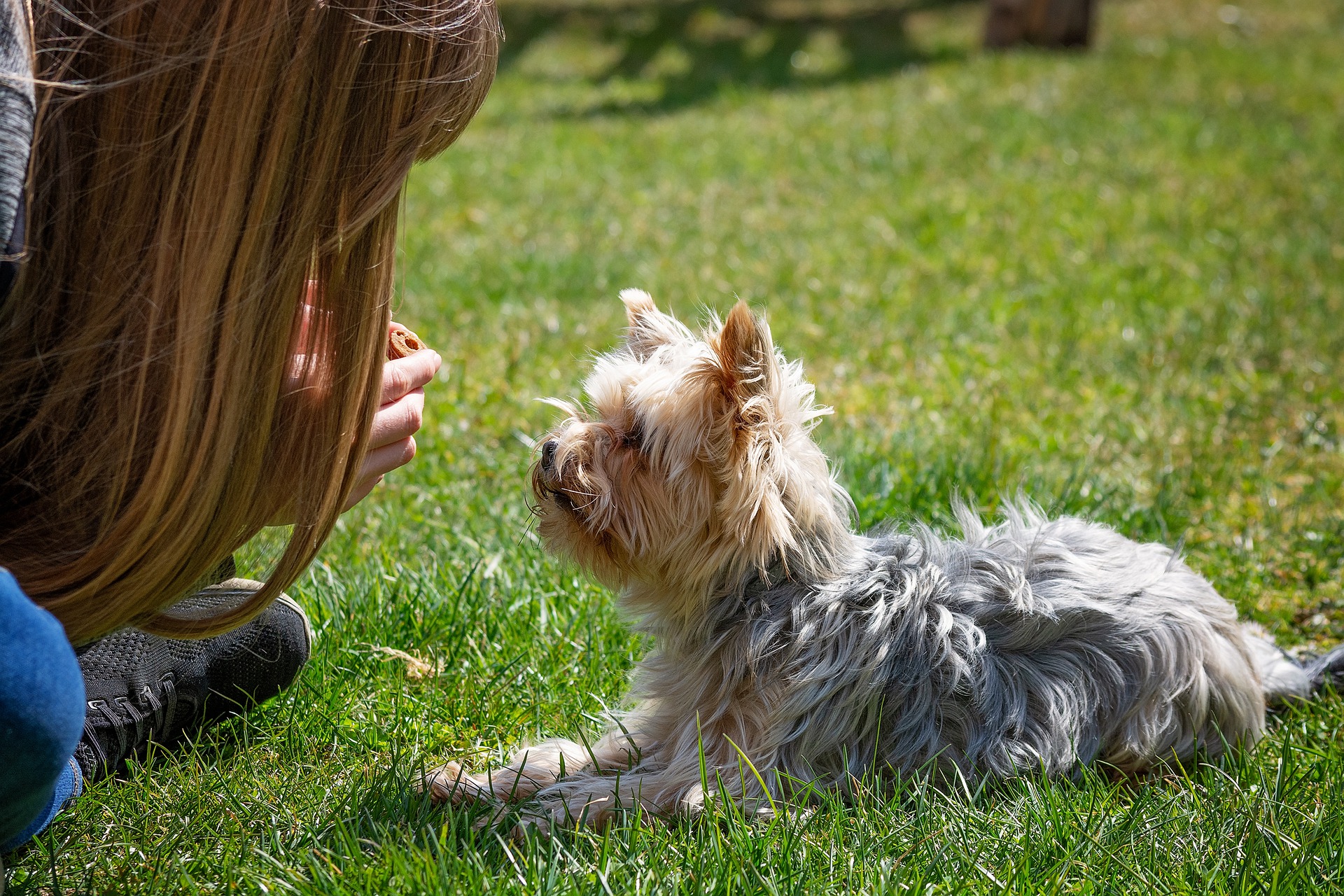 Shutterstock
Shutterstock
The “wait” command is similar to “stay” but is often used in everyday situations, like waiting at a door before going outside or waiting for their food bowl. It’s a useful command for teaching patience and preventing your dog from rushing into situations. For example, “wait” at a crosswalk can prevent your dog from darting into traffic. This command helps establish boundaries and teaches your dog to look to you for guidance before proceeding. It’s a valuable tool for managing your dog’s behavior in routine and unexpected scenarios.
Off
 Shutterstock
Shutterstock
The “off” command is essential for preventing unwanted jumping on people, furniture, or counters. Many dogs, especially when they’re excited, tend to jump on guests or try to get onto furniture. Teaching your dog the “off” command sets clear boundaries and helps them understand that jumping is unacceptable behavior. This command is particularly helpful for dogs that tend to be overly enthusiastic and ensures they respect personal space and your home’s rules.
Watch Me
 Shutterstock
Shutterstock
The “watch me” command teaches your dog to focus on you, which is especially useful in distracting or overwhelming environments. Whether at a park, on a busy street, or at the vet, getting your dog’s attention can help you redirect their focus and prevent undesirable behavior. The “watch me” command is a great tool for maintaining control in situations where your dog might otherwise become distracted. It’s also a useful command for training sessions, as it keeps your dog engaged and ready to learn.
Building a Strong Foundation for Obedience
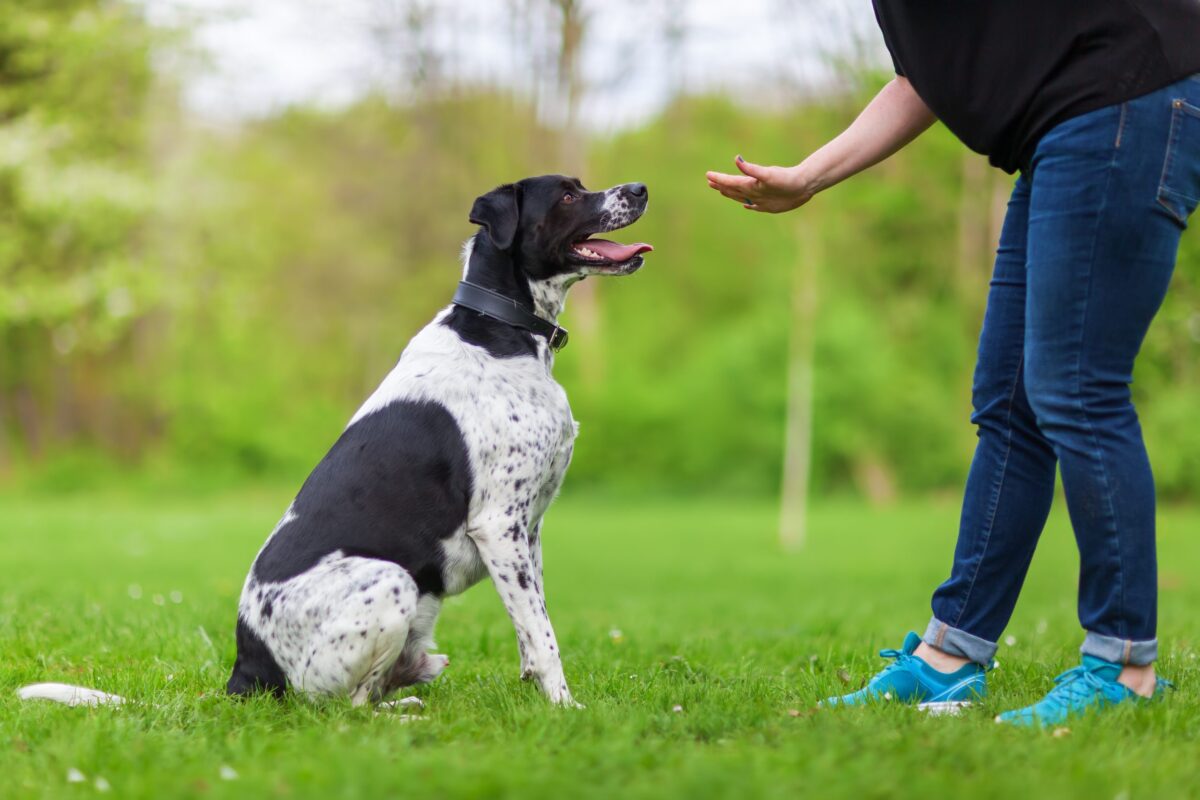
Teaching your dog these essential commands will lead to a well-behaved, obedient companion who is easier to manage in various situations. From the basics like “sit” and “stay” to more advanced commands like “leave it” and “heel,” each command plays a crucial role in shaping your dog’s behavior. These commands ensure your dog’s safety and strengthen the bond between you and your furry friend. By investing time in training, you’ll create a harmonious relationship with your dog, making life more enjoyable for both of you.
 Toledo, United States.
Toledo, United States.